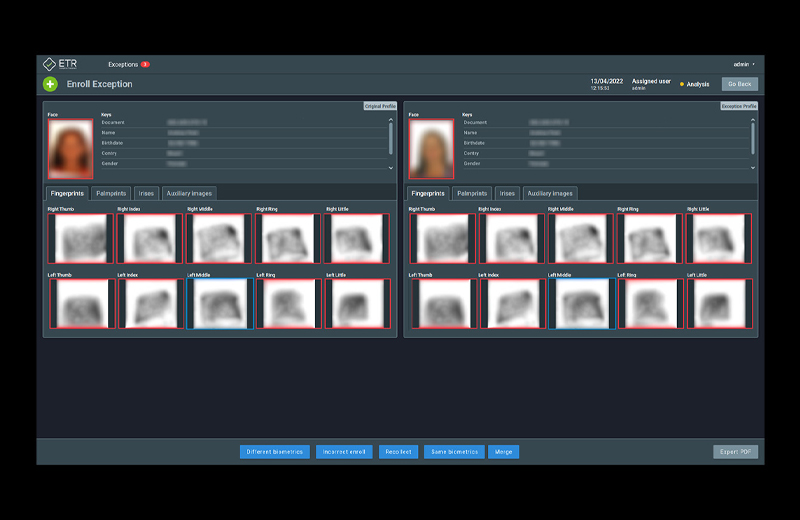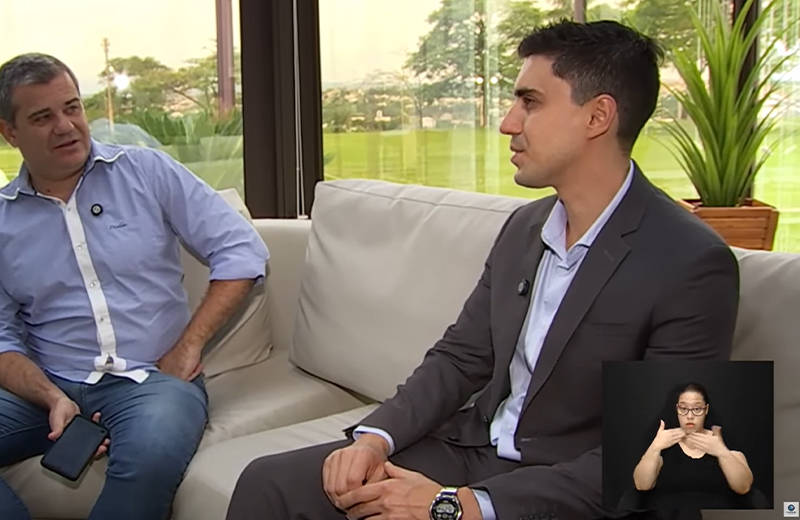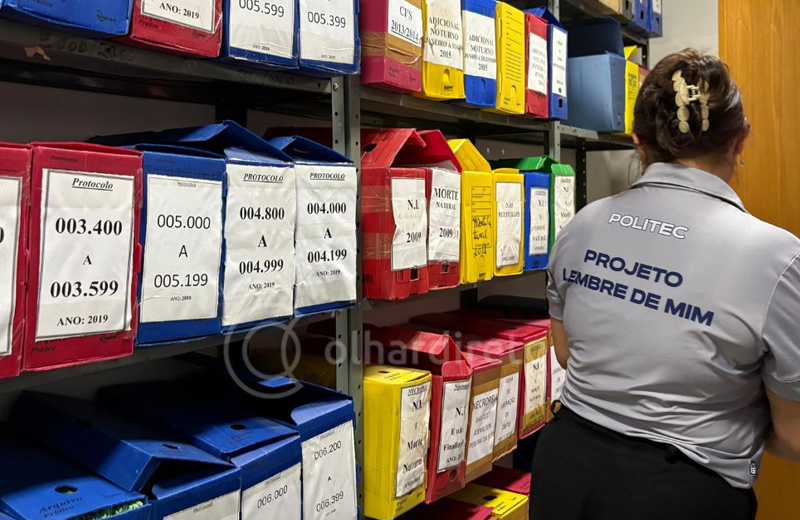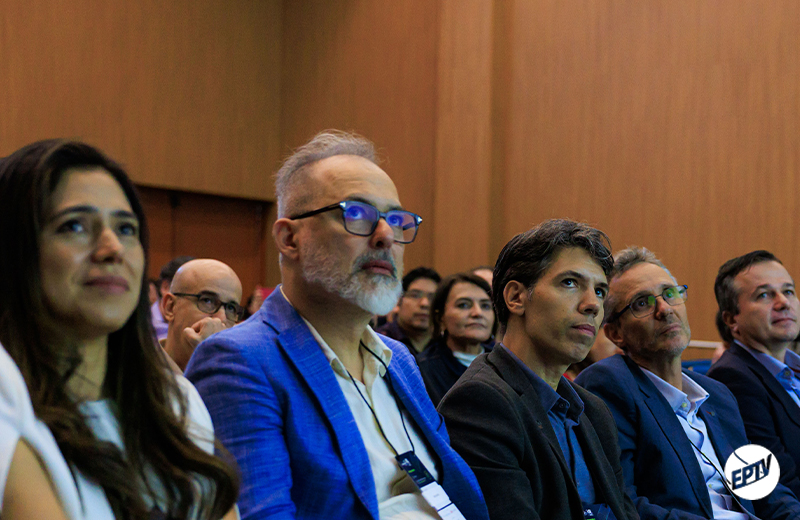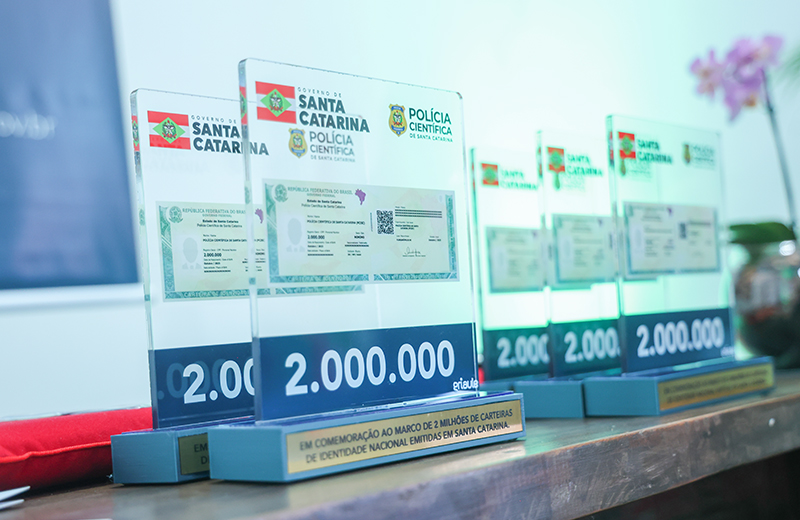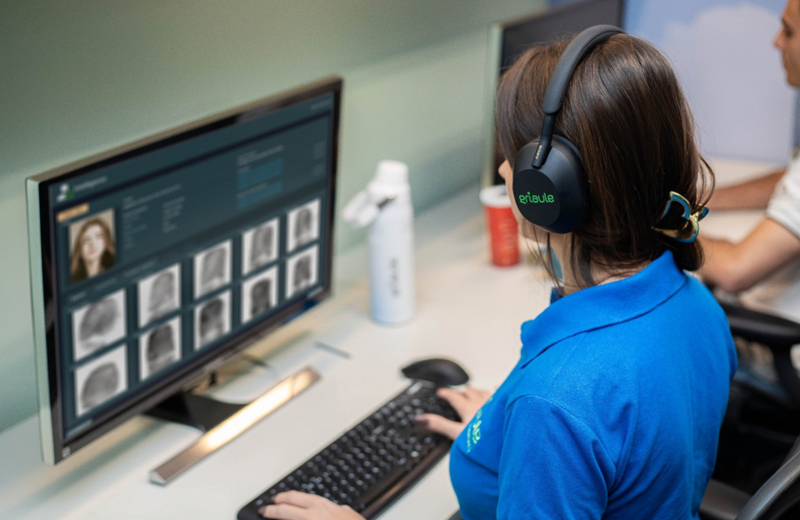Few companies can claim to know the Brazilian face so well. The dream slogan for some companies is a literal summary of Griaule's business: it creates technology to tell someone's true identity just by their face, fingerprints, iris or palm. The name may not be familiar, but if you're one of the almost 120 million voters with biometric registration with the TSE (Superior Electoral Court) or have ever used a Caixa ATM, believe me, you've already had contact with the company's software.
It's not just Brazilian faces that the company knows. According to João Weber, partner and CEO of Griaule, the company's technology is used to store data on the citizens of more than 70 countries - their technology is used by the Pentagon, headquarters of the US Department of Defense, to identify terrorists in Iraq and Afghanistan.
It is a very powerful tool for police investigations and national security
Here in Brazil, it is already helping to uncover crimes that were previously almost impossible to investigate.
The face of Brazil
Griaule is a case of symbiosis between private initiative and academia. Founded in Goiânia in 2002, the startup moved to Campinas (SP) the following year, where it was incubated by Unicamp (State University of Campinas). It never returned.
"Knowledge is the pillar of the company, it's what underpins our technology. The reason we stayed in Campinas is precisely because we have access to qualified people and the technological ecosystem that exists at Unicamp," says Weber. The solutions are born in the company, but rely on research by professors and students at the university.
Tilt - Do you have any idea how many Brazilians have their biometrics submitted to Griaule's technology?
João Weber - Look, almost the entire population is using Griaule's technology. In the TSE alone, we have half the population. Today, it is the largest biometric base in Brazil, with 120 million people registered. In the banking sector, we have some of the main banks in Brazil, such as Caixa Econômica and Santander. When you go to an ATM to withdraw money using biometrics, you're going through the Griaule system. Almost the entire population has already had contact with our technology. Sometimes without knowing it.
Tilt - And what can be done with Griaule's technology?
João Weber - Our solution involves everything from collecting biometrics, for example, when you register for an ID card, to digital or facial identification. When the police find a trace at a crime scene, an expert goes there, applies a little powder to that fingerprint trace, takes a photo and enters that fragment into the system to identify the person. The system takes that image and compares it against the entire database to see whose biometric it is. With facial recognition, you can have video surveillance. If I have a security camera and a suspect is filmed, I can recognize him.
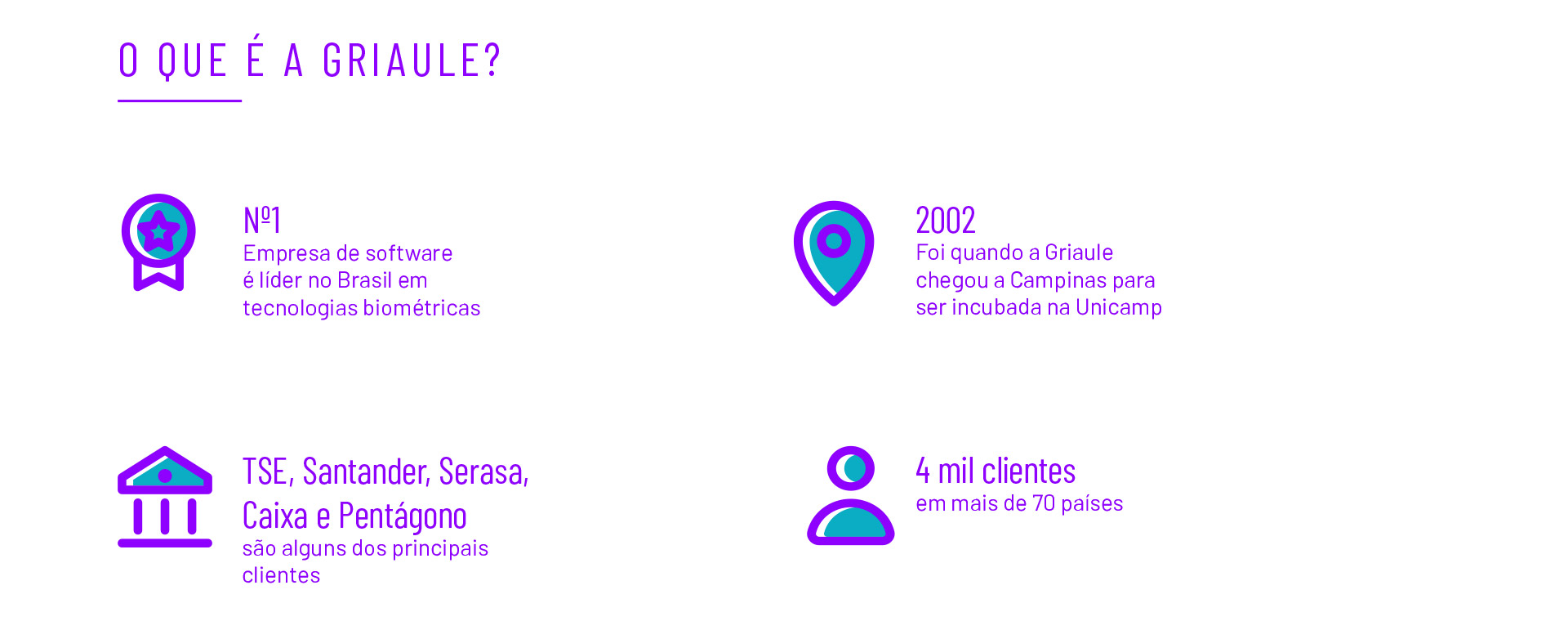
Tilt - How does police forensics use your technology?
João Weber - Griaule supplies both facial recognition and other biometrics to the police as well. Some state police forces use our technology for forensic investigations, such as the Federal District and Minas Gerais. The TSE is also starting to make their technology available to police, who don't yet have the budget to acquire the solution. The TSE collects voters' biometrics and processes them on the server to identify whether there is any ideological falsehood in the electoral registers. In other words, if a person tries to use a false identity to vote more than once. On the servers, this biometrics is processed to see if there are any different biometrics already registered [in that person's name]. As a result, the TSE has already found more than 40,000 biometric coincidences in its system. The most famous is the case of an individual who had 58 false identities and tried to get 58 false voter titles. She could have 58 bank accounts, take out 58 loans. The impact is huge.
On the crime front, the TSE's partnerships with the federal, state and civil police make it possible to search the database. This allows them not only to have access to a lot of data, as it is the largest in Brazil, but also to solve crimes more easily.
One recent case was in Piauí. At the end of 2019, the police found two dead bodies in a post office. They had been murdered. As they were unable to identify them, they contacted the TSE, sent the biometrics of the bodies and thanks to this they were able to identify them, because they were on the national database. See the impact that technology has on society: the family can be notified, and these corpses have been buried with an identity, instead of being listed as indigent.
Brazilian fingerprint at the Pentagon
Tilt - How did your software end up in the FBI and the US Department of Defense?
João Weber - It was a great victory. We are very proud when we see the results we are achieving in projects at this level in the main technology market, which is the US. The project came with our expansion into the North American market. Today, we have an office there, with employees and structure. This was reflected in the contract with the Pentagon, which currently has one of the largest military-oriented biometric systems in the world. It is now the system that catches the most terrorists. It brings a lot of results to society.
In the US, the system is used for national security. Our system is used for two countries, Iraq and Afghanistan. It's a very large contract, both in terms of technology and system capacity.
Tilt - Is your system part of this hunt for terrorists?
João Weber - It is used to identify terrorists as well. The system is used to register the population, as well as terrorists and criminals. I'll give you an example to make it easier to understand: when the police or the army in the USA, Iraq or Afghanistan find roadside bombs, they disarm them and carry out an expert examination of the device. The expert tries to identify fragments of fingerprints on the bomb. When it goes into the system, it can locate that terrorist or, if there is no record of that person, it stores the print in the system. If the police find a second or third explosive device and find the same biometrics on them, they can know that it was the same terrorist who planted those bombs. It's a very powerful tool for police investigations and national security.
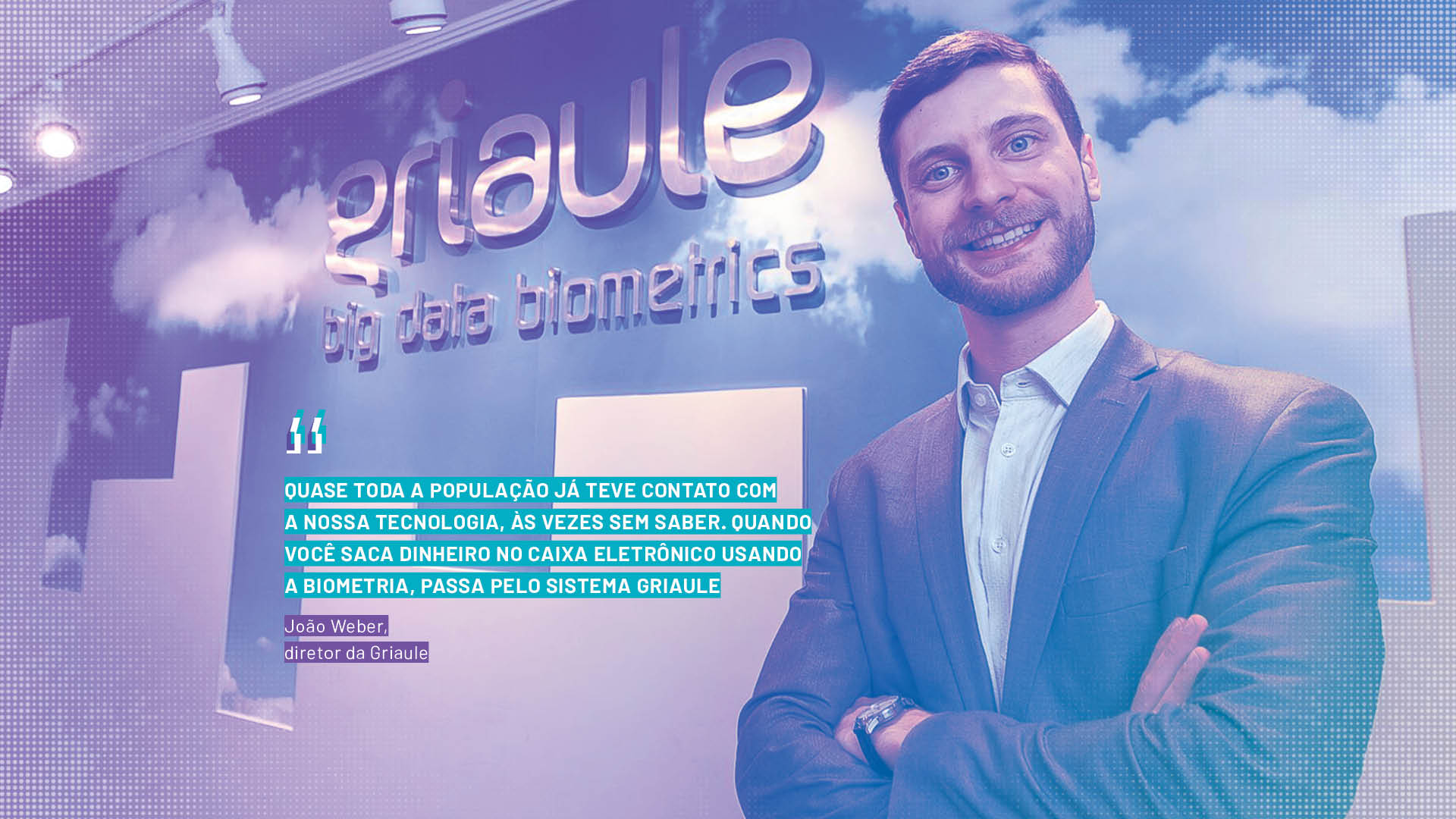
Tilt - I imagine that, in order to supply technology to the Pentagon, any company has to undergo a great deal of technical scrutiny. What was it like?
João Weber - It was quite an extensive process, lasting several months. The Pentagon technically analyzed the solutions of the various companies that made the proposal to see which was the best fit for their application. There were hundreds and hundreds of pages of descriptions and technical information. With that, he checked:
- the accuracy of each facial, fingerprint or palmprint recognition algorithm, whether they are found in traces or fragments at crime scenes;
- the main certifications that the technology holds;
- the company's ability to be involved in other projects;
- the results the company has achieved in other international biometrics projects;
- the architecture of the system, if it's a system that doesn't go offline;
- the system's accounting and information security.
Tilt - What is the most challenging project?
João Weber - Each client has its own challenge. There are projects where the system has to be online 100% of the time, it can't be disconnected. In banking, for example, if the system goes offline, the customer won't be able to withdraw their money. This has a major impact. Scenarios such as the Pentagon project involve developing and installing the solution in Iraq and Afghanistan. This is done in the company of military and US government cleared personnel with access to privileged information, in a very challenging environment. In addition, you are accompanied by armed personnel.
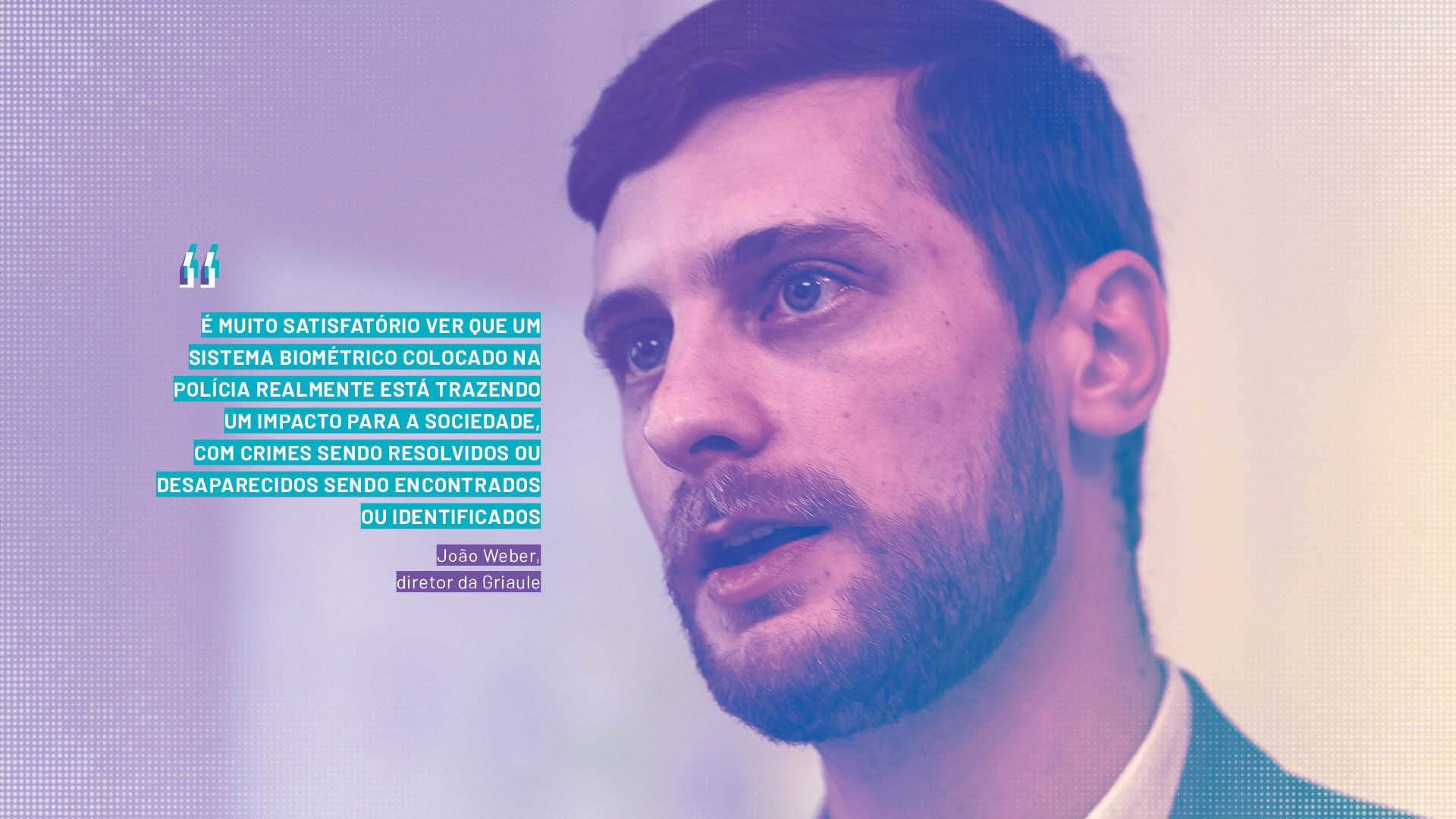
Biometrically registered from an early age
Tilt - On the other hand, you also have technology to identify babies.
João Weber - This neonatal recognition project is very exciting. In Brazil today, the issue of baby swapping in maternity wards is a very real problem. Unfortunately, it happens very often. There are kidnappings of children in maternity wards, sales of children, international trafficking.
Tilt - Do you feel responsible for a family not being broken up?
João Weber - It's a very serious problem and it doesn't have the repercussions it should have. It creates enormous inconvenience for families and for the baby itself. Time and time again, you see news stories about people who were swapped in the maternity ward and find out 30 years later. Biometrics to identify the newborn brings a huge benefit to society, because the mother leaving the maternity hospital is sure that the baby really is hers, as well as preventing criminal actions. Guaranteeing the safety and right to identity of newborns from birth is paramount and essential.
One example is what happened in the Federal District. A newborn baby was found abandoned in an alley. How do you recognize it? It's difficult. If you don't have the baby's biometrics, you can't. In this case, they took the diaper and found the hospital it came from. They carried out a forensic examination and found a fragment of the mother's fingerprint. Thanks to this, they identified the woman who abandoned the child. If there was already a system in place to register the baby's palm print, it would be easier to prevent cases of abandonment. The hospitals in Minas Gerais were the first [to install this feature], but now others are using our technology.
Tilt - How does it work?
João Weber - We use the palm of the hand, because a newborn's fingerprints are still very small. You need very expensive and hard-to-find equipment to read the fingerprint. We use cheaper readers, those used to register adult fingerprints. They fit the baby's palm just right.
The palmprint is taken at the time of birth and is linked to the child's Certificate of Live Birth. The system also links the mother's biometric information already registered. This ensures that, when you leave the maternity hospital, you know who the baby is and who the mother responsible for the child is.
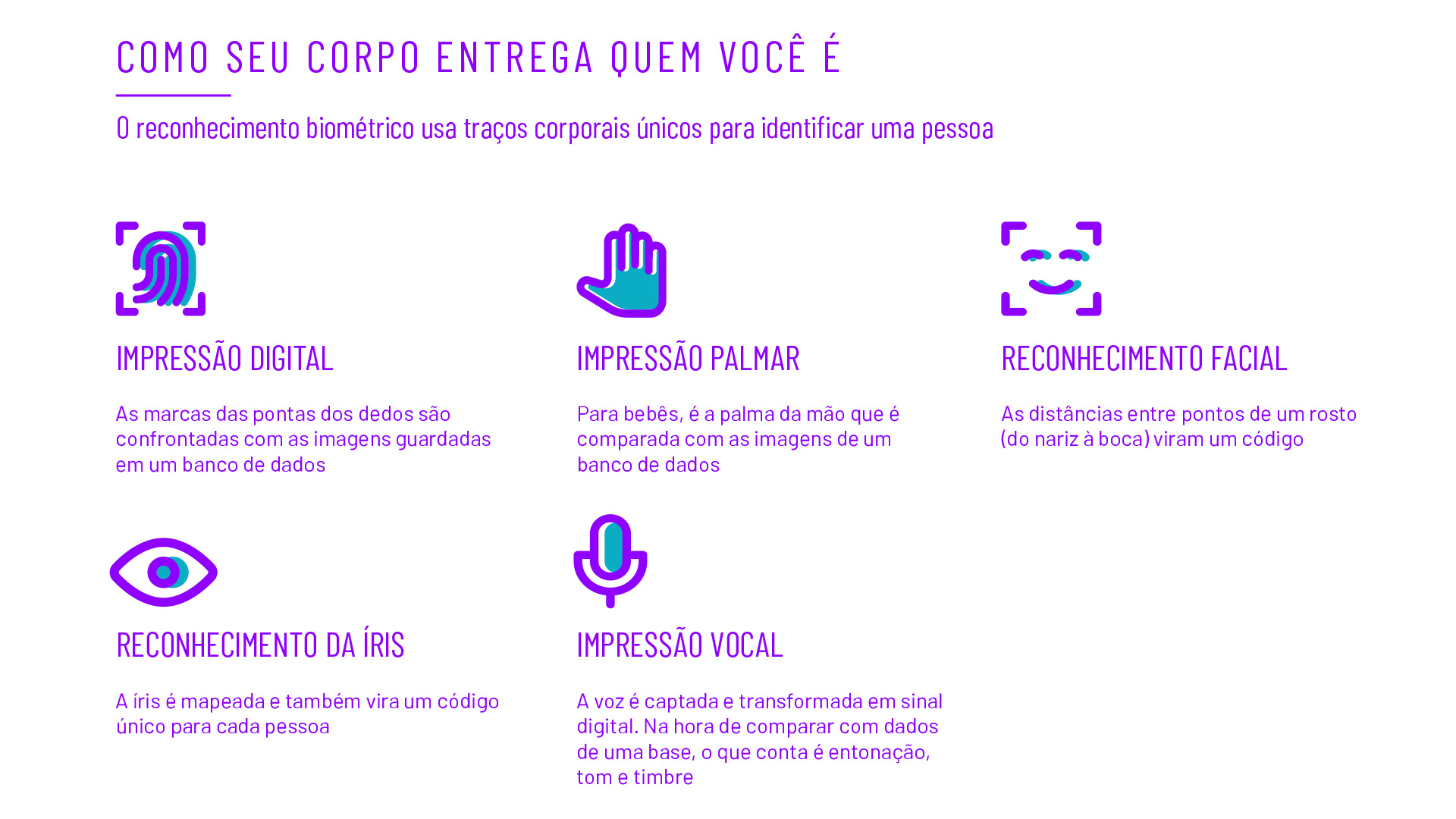
The future of biometrics
Tilt - I always hear that fingerprint biometrics are more reliable than facial recognition. Is that still true?
João Weber - Today, at the state of the art of technology, fingerprints are still more accurate than facial recognition. The big advantage is that it doesn't change. Your fingerprint is the same from the moment you are born until you die. There is a greater guarantee. Even so, facial recognition has been advancing rapidly in recent years and its assertiveness is increasing every day. The facial recognition market is growing, but the majority of uses in Brazil and abroad are for fingerprints. The alignment of various biometrics to make a multibiometric analysis is also emerging.
Tilt - When people talk about facial recognition, they always associate it with monitoring policies. Is it possible to separate one from the other?
João Weber - Facial recognition is relatively new. Like any new technology, the applications have been evolving too and monitoring, video surveillance, is one of the many scenarios in which it is used. But there are others. With the coronavirus crisis, it can be used as a tool to ensure good results from social distancing policies. It is possible, for example, to check which people are wearing masks and to analyze crowds of people. You can also monitor infected people and combine facial recognition with measuring people's temperature. There are various uses that can be exploited to achieve different results.
Tilt - You mentioned multi-biometric use. Isn't one piece of biometric data enough to identify a person?
João Weber - You can only use one biometric modality. However, a person has several biometrics. Each one has its own best use case. Facial recognition is very useful for video surveillance, monitoring places. Fingerprints are useful for recognizing fragments at crime scenes or detecting identity fraud. You can use just one modality, but when you combine several at the same time, you have a greater ability to identify the person.
Tilt - What is the future of biometric technologies?
João Weber - Technology is moving towards making it easier and easier to make some modalities, such as facial recognition, more popular, but without being too invasive and requiring user interaction. The way forward is to allow biometric identification remotely.
This excerpt is part of the full content published by the UOL website on June 5, 2020, available at this link.



